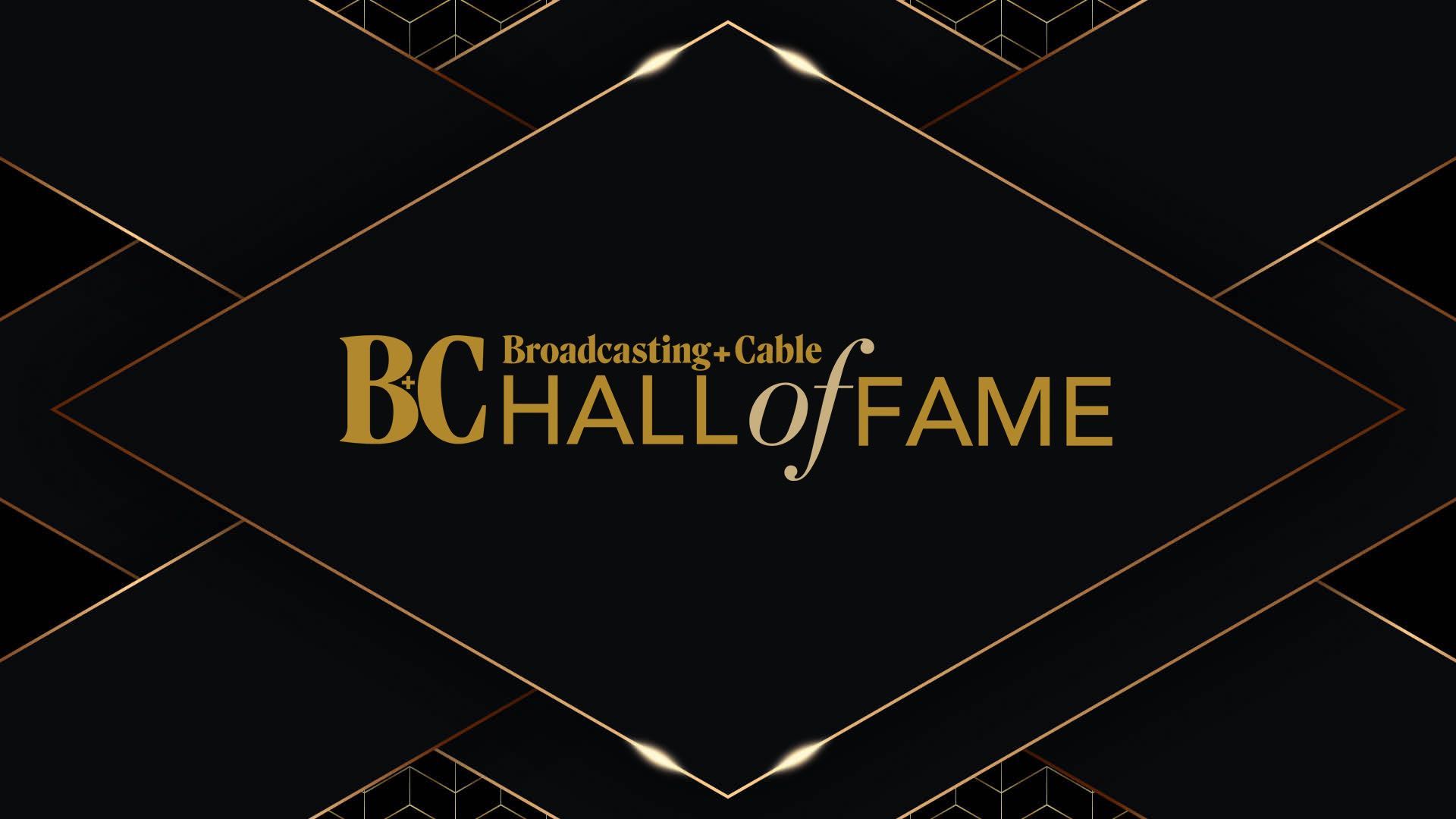Delivering The Digital Edge
Phoenix – Three cable operators Monday said they were compelled to migrate to all-digital in order to compete with satellite providers, to match their robust high-definition TV packages and multicultural tiers.
“If you don’t do digital, you’re not going to be a player in five years,” said David Curtain, COO and executive vice president of TVMax, a multiple-dwelling-unit-focused operator serving Houston.
“I think the DBS guys are just eating our lunch in that regard,” said Curtain, a panelist at the National Cable Television Cooperative’s Winter Educational Conference.
He was one of three cable executives who described the benefits of making the change during a session called “Race [Transition] to All-Digital.”
Curtain and his fellow panelists – Massillon Cable TV president Bob Gessner and Tenzin Gyaltsen, cable TV director for San Bruno Municipal Cable TV in California – all cited the need to wage battle against DirecTV and Dish Network, as well as telco video providers, as factoring heavily in their all-digital plans.
“If we’re going to compete, we need HD and a lot of it,” said Gessner, who has 47,500 subscribers in Ohio.
San Bruno Cable is now digital simulcating, as part of an all-digital transition, while Massillon Cable is looking to find low-cost, low-tech converters that pass Federal Communications Commission muster so it can pursue an all-digital strategy.
At the San Bruno system, the upgrade to all-digital will permit the 15,000-subscriber system to expand its HDTV lineup and create foreign-language tiers for the operation, which is key in the multicultural San Francisco Bay area, according to Gyaltsen.
On a similar note, Curtain said that going all-digital will free up capacity to offer not only more channels and HDTV networks, but to do Spanish-language packages for the heavily Hispanic Houston market.
The smarter way to stay on top of the multichannel video marketplace. Sign up below.
San Bruno, which was a 750 MHz system, bought 20,000 DCT-700 digital set-tops to distribute as part of its conversion, and actually used the U.S. Postal Service to help cost-effectively deliver them.
Right now, about 92% of the system’s subscribers have at least one digital set-tops, according to Gyaltsen, who described the deployment of those boxes as “a huge task.”
The capital investment in the boxes alone was $1.8 million.
Even Curtain conceded that the move to all-digital wasn’t easy.
“Frankly, there was a big learning curve for us,” he said.
Gessner did a detailed analysis of his options to expand his 750 MHz system’s capacity, including a plant upgrade to 1 GHz. But he said that he found that a transition to all-digital made the most financial sense.
According to Curtain, like it or not, digital is a buzzword that consumers love, and that DBS has the edge in that regard now.
“If you had digital food, people would buy it,” he said.
